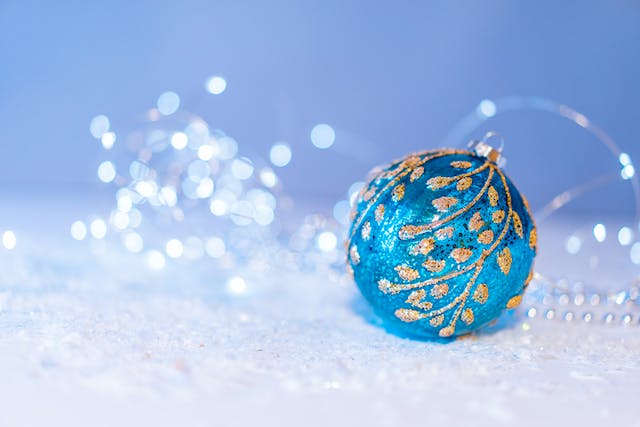The Origins of Artificial Christmas Trees
Artificial Christmas trees have been a beloved festive staple for many years. However, the origins of these fake trees might surprise you. Did you know that they have roots in China?
In the late 19th century, artificial Christmas trees became popular in Germany. However, China took up its production in the early 20th century.
The first artificial trees were made of feathers and designed to replace the real, live trees that had to be cut down yearly. These trees were not only more sustainable, but they were also more cost-effective.
Today, the production of artificial Christmas trees is a massive global industry, with China being one of the biggest manufacturers. The trees are often made from plastic and designed to mimic real trees as closely as possible.
The Great Wall Connection

One of the most surprising facts about artificial Christmas trees is their connection to the Great Wall of China.
During the early days of production, the Chinese used “grain casting” to make their artificial trees. The technique involved creating a mold of a real tree using rice grains.
These molds were then used to create the plastic needles that make up the branches of an artificial tree. However, the Chinese needed a durable, high-quality molding compound that could withstand high temperatures to make their molds.
They discovered that a compound commonly used in constructing the Great Wall was perfect for the job. This compound, made of gypsum, lime, and sand, allowed the Chinese to create durable, long-lasting molds that they could use to mass-produce artificial trees.
Fun fact: The same compound was used to construct the Great Wall!
Onigiri and Artificial Christmas Trees
Another surprising connection to artificial Christmas trees is the Japanese snack Onigiri.
In the late 1950s, a Japanese company called Noma created an artificial Christmas tree made entirely of foil. The tree was designed to be lightweight, durable, and easy to assemble – perfect for modern holiday decorations.
Noma’s tree became a massive hit, and soon, other Japanese companies started to produce their artificial trees. These companies attached a free Onigiri – a Japanese rice ball snack – to each purchase to promote their trees.
This tactic was so successful that it became a long-standing tradition in Japanese culture. Today, many stores in Japan continue to offer a free Onigiri with the purchase of an artificial Christmas tree. In summary, the history of artificial Christmas trees is fascinating and varied. From China to Onigiri, their origins are surprisingly diverse and intertwined with different cultures and traditions worldwide. Today, these festive favorites continue to bring millions of people joy yearly.